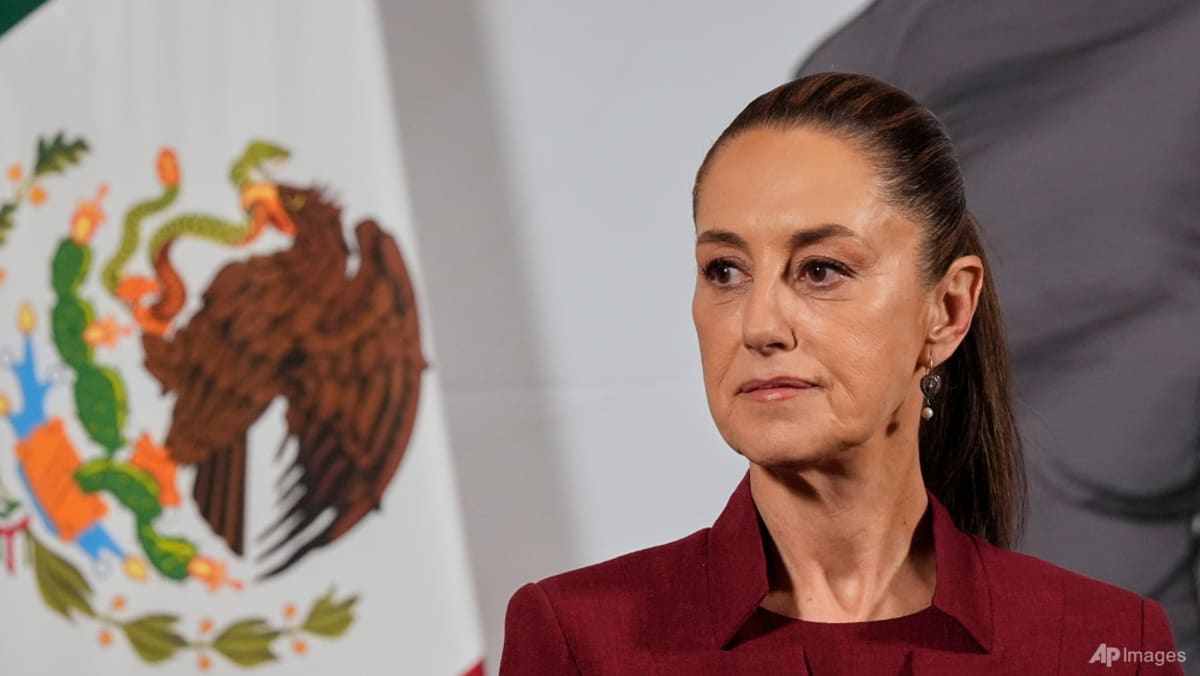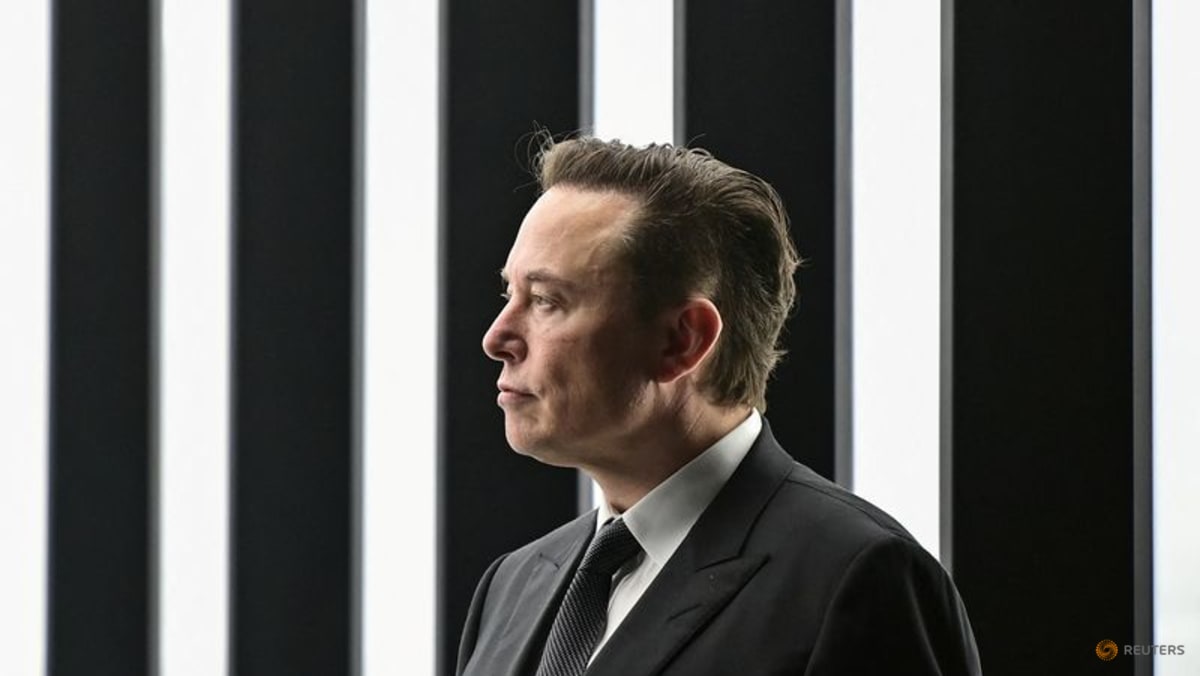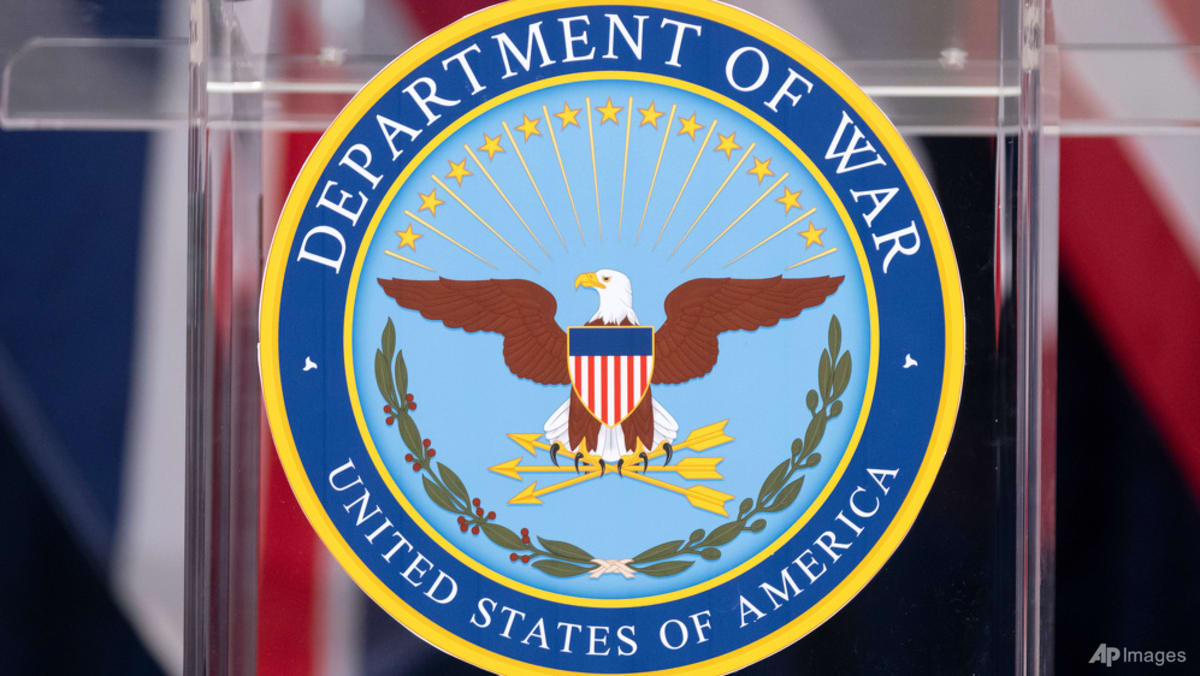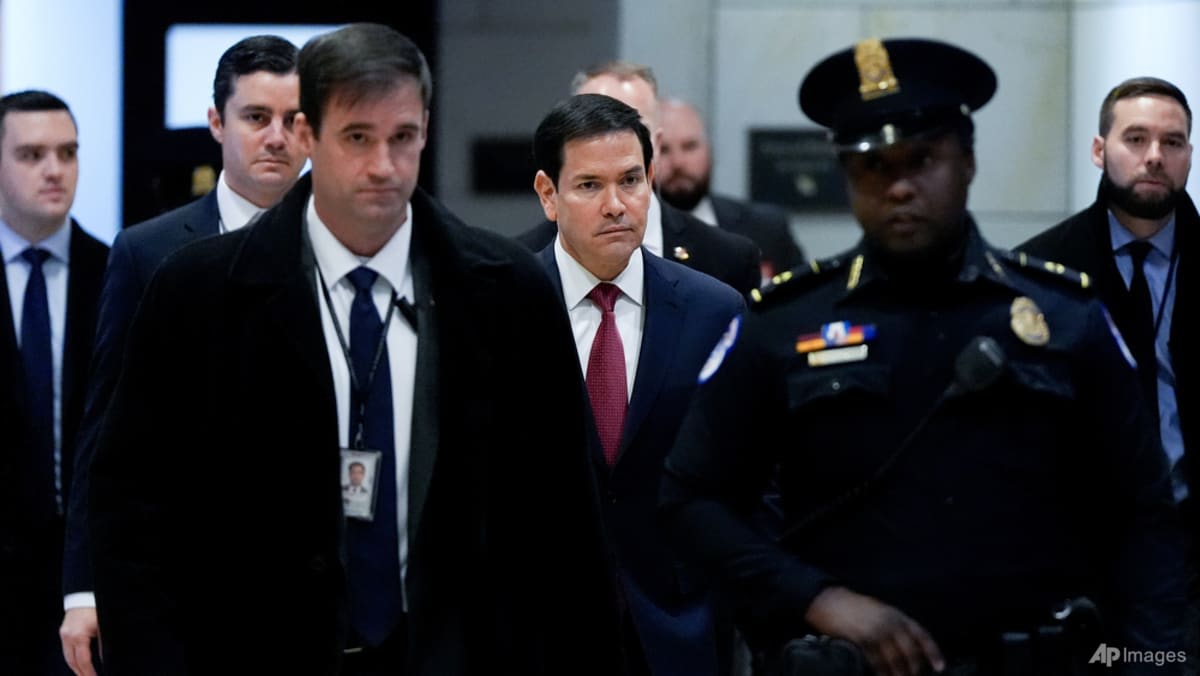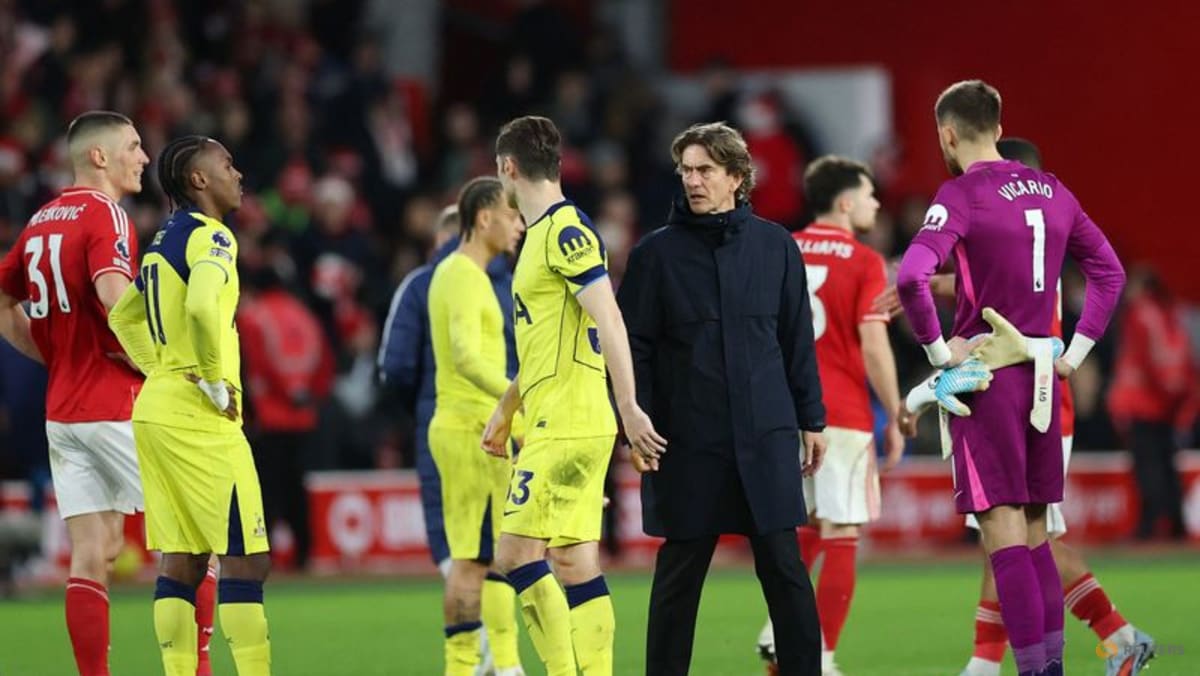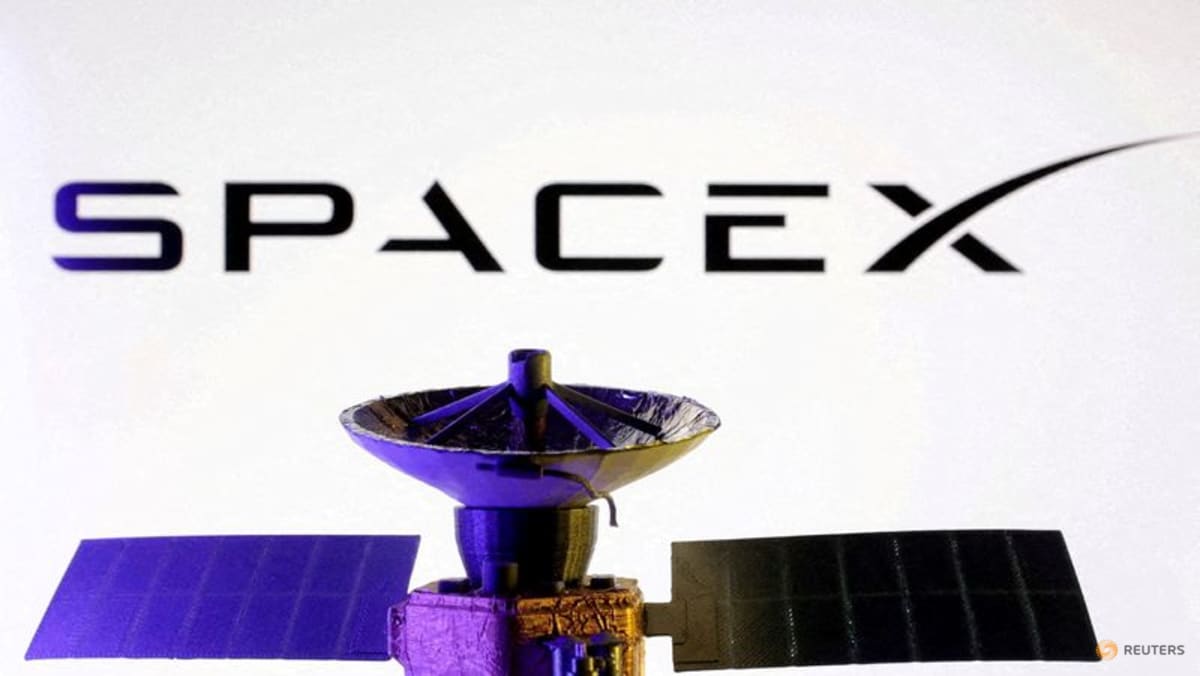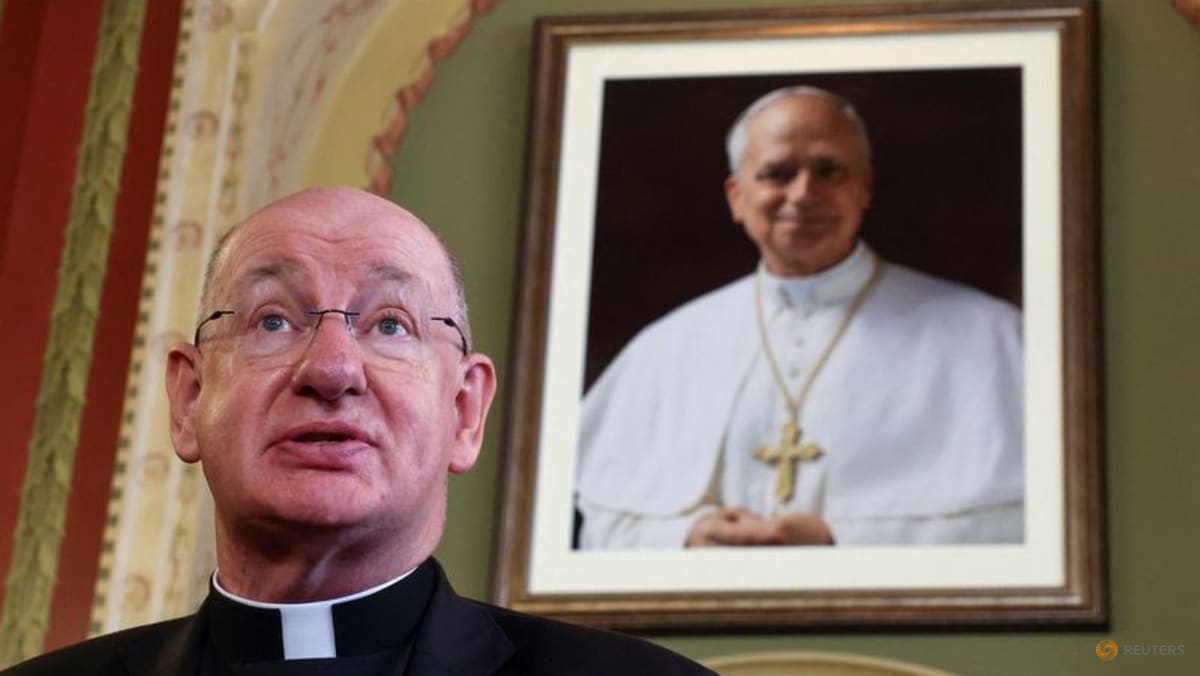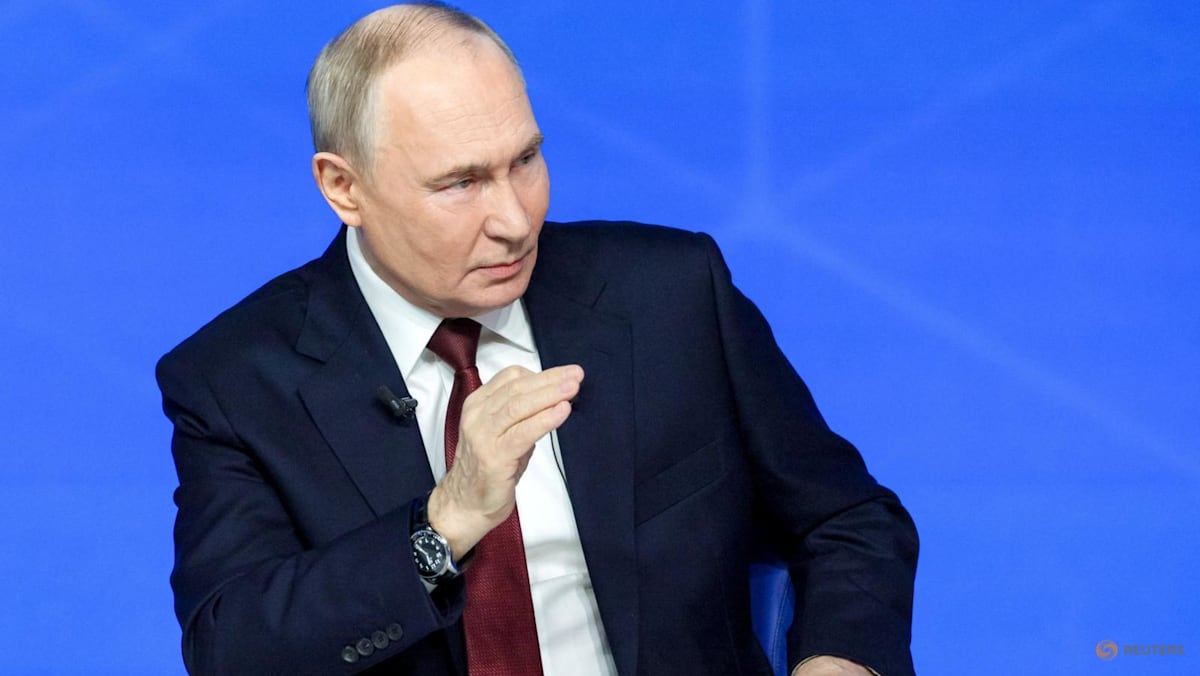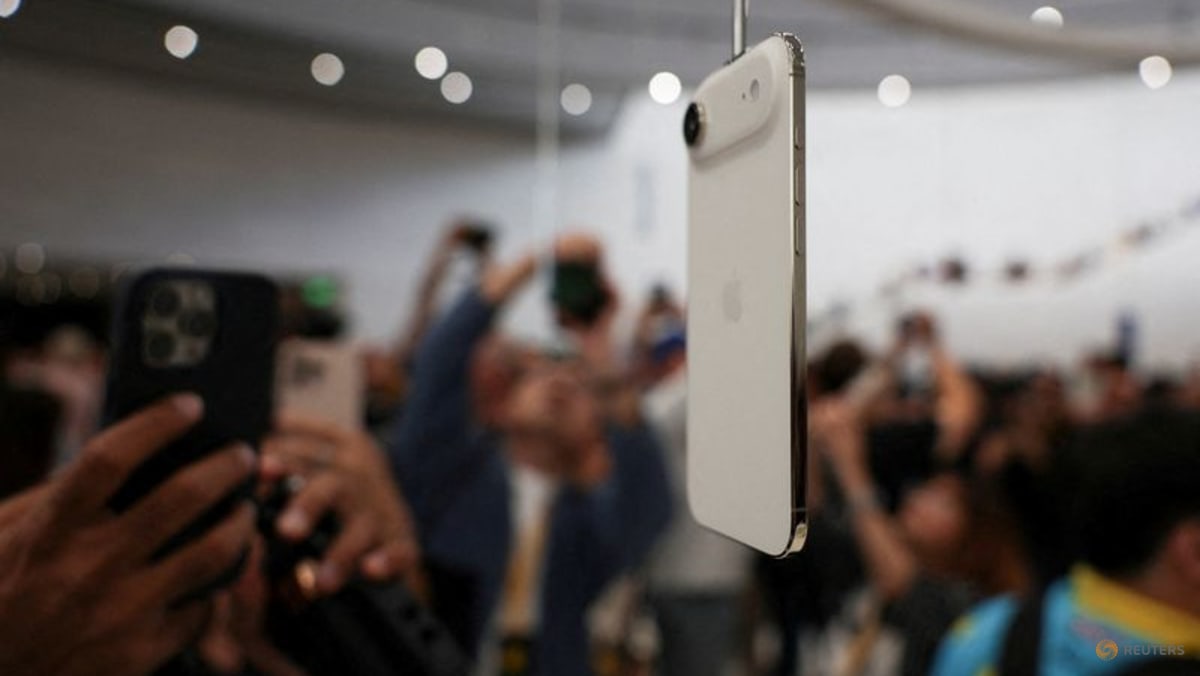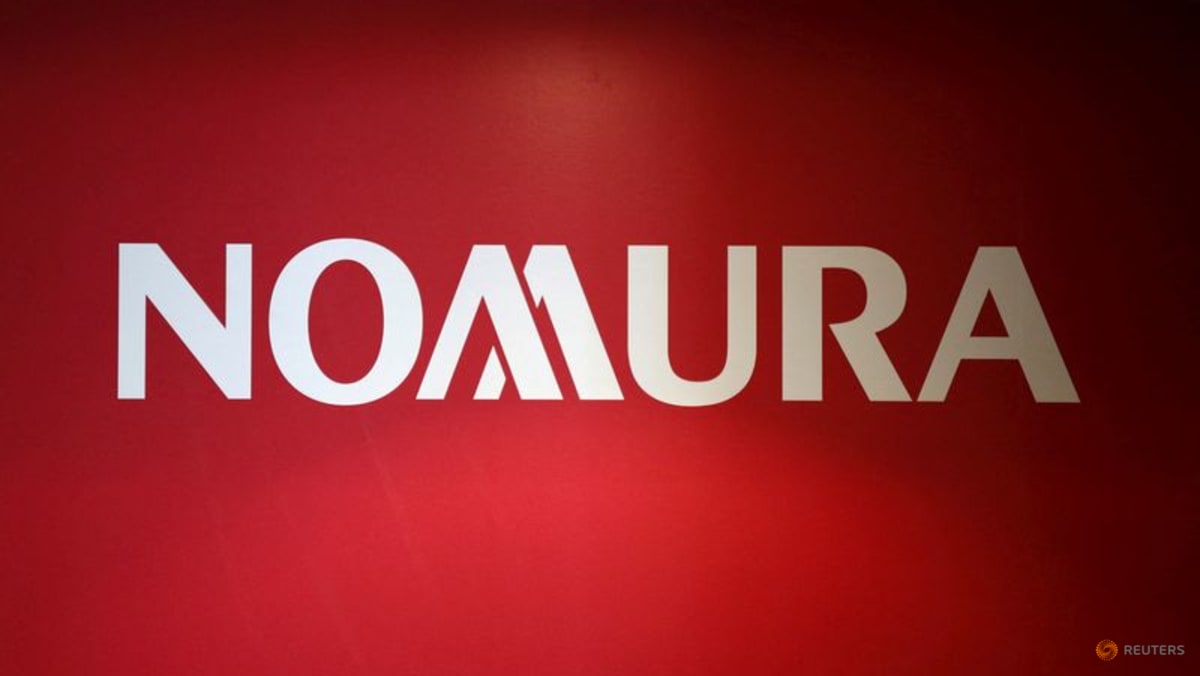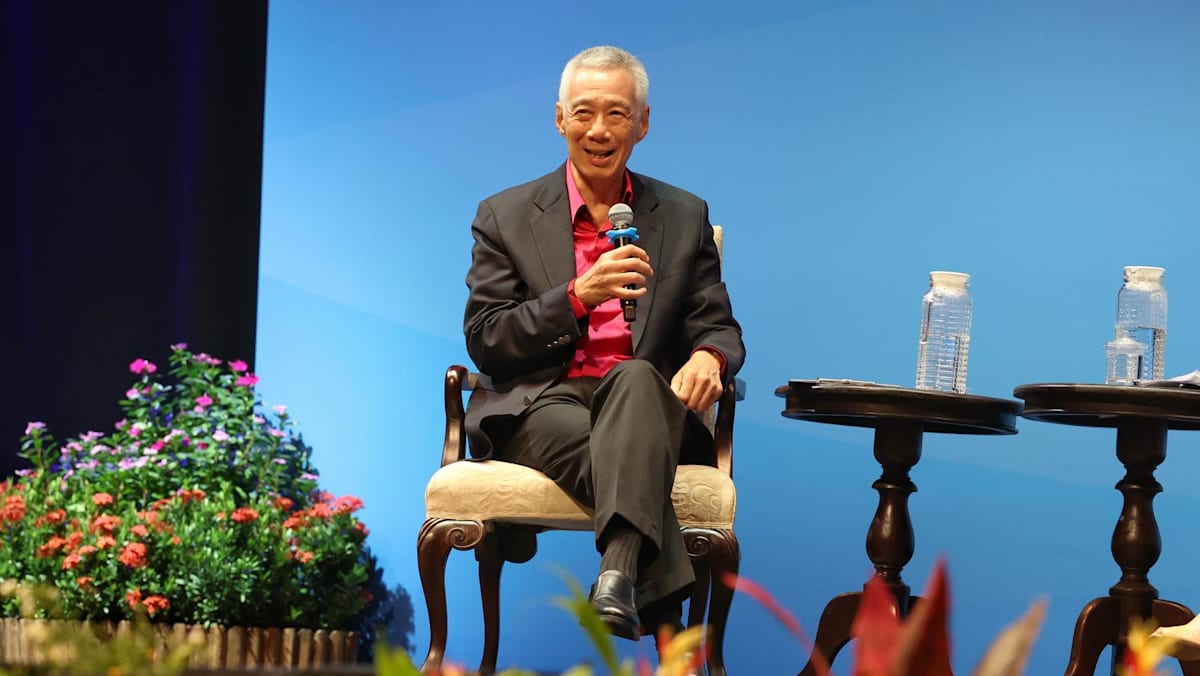WASHINGTON DC: Three years ago, when I was serving at the United States National Security Council, we were faced with a nuclear crisis. As Bob Woodward described it in his book War, the intelligence community assessed that if Russian forces were facing a collapse in Ukraine, the probability that they would use tactical nuclear weapons was a coin flip.
We had been working hard for months to deter Russian nuclear use and we also developed plans for what we would do if those efforts failed. The danger culminated on the weekend of Oct 21 to Oct 23 in 2022, when Russia accused Ukraine of planning a dirty bomb attack, which felt a lot like a pretext for nuclear use. We rushed in for emergency meetings that Sunday to avert a world changing event.
This all came to mind recently when I watched Kathryn Bigelow’s new Netflix movie A House Of Dynamite. A nuclear missile is launched against the United States from somewhere in the Pacific. It’s not known who launched it or why. The clock is ticking - 19 minutes to impact. The president and his national security team scramble to ascertain what’s happening and what the response should be.
It’s a compelling, edge-of-your seat watch, with a pulsating soundtrack. The visuals bear an uncanny resemblance to the West Wing and situation room. It is, in many ways, startlingly realistic. The movie is already being mentioned as an Oscar contender and a wake-up call about the dangers of nuclear war, in the genre of Cold War classics like Fail Safe. All this praise is deserved.
STARTLINGLY REALISTIC, BUT NOT VERY PLAUSIBLE
Having said all that, the central premise of the movie is not very plausible. Only a small number of countries have an intercontinental ballistic missile (ICBM) capability. Deterrence 101 applies - if they were to use them, they would be annihilated.
Let’s pretend, for the sake of argument, that they managed to conceal the origin of the missile through cyberattack, as implied in A House Of Dynamite. There is virtually no chance that the US would not find out in the hours, days and weeks after the attack, meaning that their destruction might be delayed but it would not be averted.
The bigger problem though is on the timing of the US response. In the movie, the implication is that the president is on a clock. If he does not respond before the missile hits Chicago, which emerges as the target, he might lose his opportunity to retaliate and invite a further attack.
This was an issue in the early years of the Cold War, when administrations worried about a decapitating first strike, but this does not apply in a scenario of a single launch or in a world of submarine launched nuclear missiles (SLBMs), which will survive a missile attack on the US. The president has time to respond after the detonation, allowing him to gather more information about who is responsible rather than attacking all adversaries pre-emptively before Chicago is destroyed.
SEQUEL NEEDED TO ADDRESS DANGERS
A little bit of artistic licence is forgivable of course to raise popular awareness about the dangers of war, especially nuclear war. That danger is real, as we saw in October 2022.
If Russia had used nuclear weapons against Ukraine, it could have triggered a wider war. If Moscow got away with it, it could have normalised the use of nuclear weapons in conflict and led to a new round of nuclear proliferation.
It’s not just nuclear war. We face new dangers from powerful artificial intelligence. The growing alignment of our competitors and adversaries raises the prospect that a war over Taiwan could go global. Parts of our critical infrastructure have been penetrated by China with its Volt Typhoon operation, meaning that such a war could affect civilians quickly. Perhaps a sequel could address these dangers.
Thomas Wright is a Senior Fellow at the Brookings Institution and a Non-Resident Fellow at the Lowy Institute. He most recently served as special assistant to the president and Senior Director for Strategic Planning at the National Security Council in the Biden administration. This article was first published on Lowy Institute's The Interpreter.





